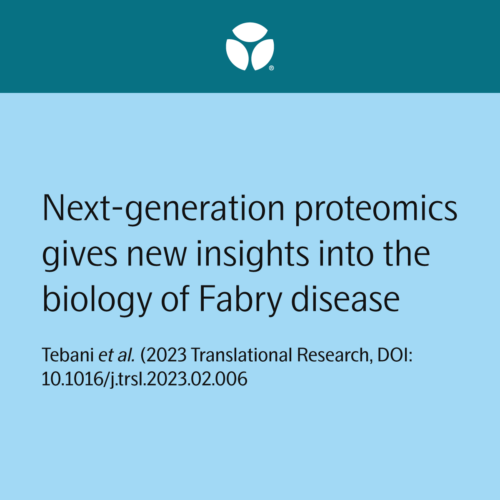Background
A team from Normandie University in Rouen used the Olink® Explore 1536 high-throughput platform for protein biomarker discovery to gain much-needed new insights into the biology of Fabry disease (FD), a rare, X-linked lysosomal disease. Although it is caused by a deficiency of α-galactosidase A activity, the systemic effects leading to the observed phenotypes of FD remain only partially understood. Here they used proteomics to gain more insights into the biology underlying the disease, as well as to look for new diagnostic markers.
Outcome
Primary analysis showed that 615 proteins were differentially expressed in FD v controls, with 365 of these being completely novel findings. The FD associations of several of the key proteins identified were corroborated with ELISAs, (e.g., STIP1, FGF2, and IL7). Pathway analysis of the proteins identified implicated remodeling of several key processes in FD, including cytokine-mediated pathways, extracellular matrix, and the vacuolar/lysosomal proteome. These changes in plasma proteomics are indicative of a tissue-wide metabolic remodeling in FD.
Further network strategies and application of machine learning to look at patient-specific tissue metabolic remodeling was then able to describe a robust predictive consensus protein signature for FD. 17 proteins (CD200, SPINT1, CD34, FGFR2, GRN, ERBB4, AXL, ADAM15, PTPRM, IL13RA1, NBL1, NOTCH1, VASN, ROR1, AMBP, CCN3, and HAVCR2) were used to derive multiple predictive models, most of which had high accuracies, with AUCs >0.9. The the most predictive model (PTPRM, HAVCR2, CD200, IL13RA1,SPINT1, CD34, and CCN3) showed an AUC = 0.966 to predict FD. The authors concluded that their results will facilitate further studies to understand the molecular mechanisms in FD to pave the way for better diagnostics and therapeutics.
